table of contents:
Introduction
Flatbed sewing machine , a term often heard in clothing workshops, is now essential for anyone looking to equip themselves with a high-performance industrial sewing machine . Whether you are a sewing professional or an enthusiast looking to upgrade, the flatbed sewing machine represents a powerful and precise solution for demanding jobs. Used in the textile industry as well as in small workshops, it allows for impeccable professional sewing , especially on thick materials such as leather and denim .
But what exactly is a flatbed stitcher ? What are its technical advantages, its areas of use, and how do you make the right choice among the many models available? This article provides all the answers by guiding you step by step through the essential characteristics , the selection criteria , as well as a comparison of the best models of 2025. You will also discover practical maintenance tips, suggestions for useful accessories and a complete FAQ to clarify all your doubts.
If you're looking for a sturdy, fast, and efficient sewing machine for your workshop , this guide is for you. Let's explore everything you need to know about flatbed sewing machines , so you can make an informed choice that's right for your projects.
What is a flatbed stitcher and what is it used for?
The flatbed stitcher is one of the most widely used machines in the textile industry and professional sewing workshops. Its name comes from the shape of its work table: a flat base that facilitates the handling of fabrics . It is designed to produce straight, strong and regular seams, on thin or thick materials.
Definition of an industrial flat bed stitcher
An industrial flatbed sewing machine is a flatbed sewing machine designed for intensive use. It offers great stability, high sewing speed and optimized performance. It is distinguished by its robustness, its separate motor and its performance on heavy fabrics such as leather and denim .
Differences between single and double feed flatbed stitchers
- Single feed : suitable for medium fabrics, ideal for standard projects.
- Double feed : for thick or slippery fabrics, prevents layer shifting.

Why choose a flatbed stitcher for your sewing projects?
The flatbed stitcher delivers a professional finish, even for complex projects. Its robustness, speed, and precision make it a key asset for production or craft projects.
The technical advantages of a flatbed stitcher
- Regular stitches on all lengths
- High and stable sewing speed
- Ability to handle multiple thicknesses
- Longevity and low maintenance
What fabrics and projects is it recommended for?
Fabrics :
- Denim, heavy canvas, faux leather
- Thick cotton, upholstery canvas
Projects :
- Bags, curtains, jeans
- Covers, jackets, mass-produced products
How to choose the right flat bed stitcher?
Making the right choice depends on your production volume, the type of fabric used and the space you have available.
Essential criteria to compare
- Drive type: single or double
- Silent or standard motor
- Lubrication system: manual or automatic
- Adjustable stitch length
- Max speed in points/minute

Single or double feed flatbed stitcher?
- Simple : enough for poplin, jersey.
- Double : necessary for leather, canvas, technical fabrics.
Flat bed stitcher for workshop or intensive use?
If you work at a fast pace, opt for an industrial flatbed stitcher with an independent frame and automatic lubrication.
Comparison of the best flatbed stitchers 2025
Here is a comparison table to help you choose the right model for your needs.
Comparison table of the most reliable models
| Model | Type of training | Recommended use | Average price (€) |
|---|---|---|---|
| Juki TL-2300 | Double drive | Mixed workshop | 1862 |
| Janome HD9 | Double drive | Jeans, leather | 1869 |
| Juki TL-2200QVP Mini | Double drive | Mixed workshop | 1772 |
Our top 3 flatbed stitchers for professional workshops
- Juki TL-2300 : modern, precise and efficient.
- Janome HD9 : ultra-powerful for thick materials.
- Juki TL-2200QVP Mini : compact and efficient.
Bonus for using a flat bed stitcher correctly
A well-maintained flatbed sewing machine will ensure years of flawless sewing. Here's how to get the most out of it.
Maintenance tips
- Clean the can and claw weekly
- Oil moving parts regularly
- Protect the machine from dust after each session
Essential accessories
- Special presser feet (Teflon, closure, zip)
- Heavy duty industrial needles
- Specific oil for industrial machines
- Additional LED lighting
FAQ about the flatbed stitcher
Can you use a flatbed stitcher for leather or denim?
Yes, especially with a double feed stitcher , which handles thick materials perfectly.
What is the difference between a flatbed stitcher and a home sewing machine?
The flatbed stitcher is faster, more powerful, and designed for professional volumes.
How much does a good flatbed stitcher cost?
Between €1,500 and €2,000, depending on performance and brand, for a semi-industrial flatbed stitcher.
Does a flatbed stitcher require regular maintenance?
Yes, weekly cleaning and periodic lubrication are essential.
Which model should you choose to start industrial sewing?
The Juki TL-2200QVP Mini is ideal for getting started with reliability.
Conclusion – What you need to know about the flat bed stitcher
The flatbed stitcher remains an essential reference in the world of professional sewing machines . Suitable for thick fabrics as well as demanding projects, it combines power, precision and reliability. Thanks to this guide, you now have all the keys to identifying the model that will suit you best, according to your projects, your work environment and your budget. A solid investment to improve your creations and your productivity.

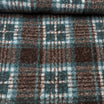



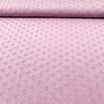
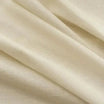
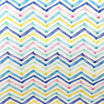
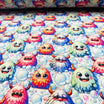



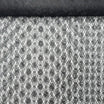
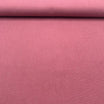
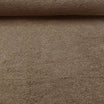

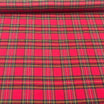
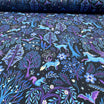
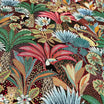


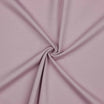
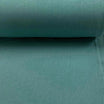

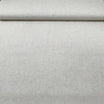

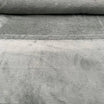
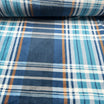

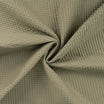





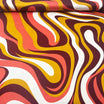


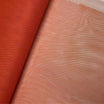

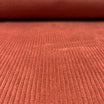
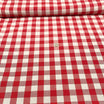
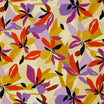
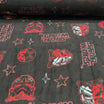
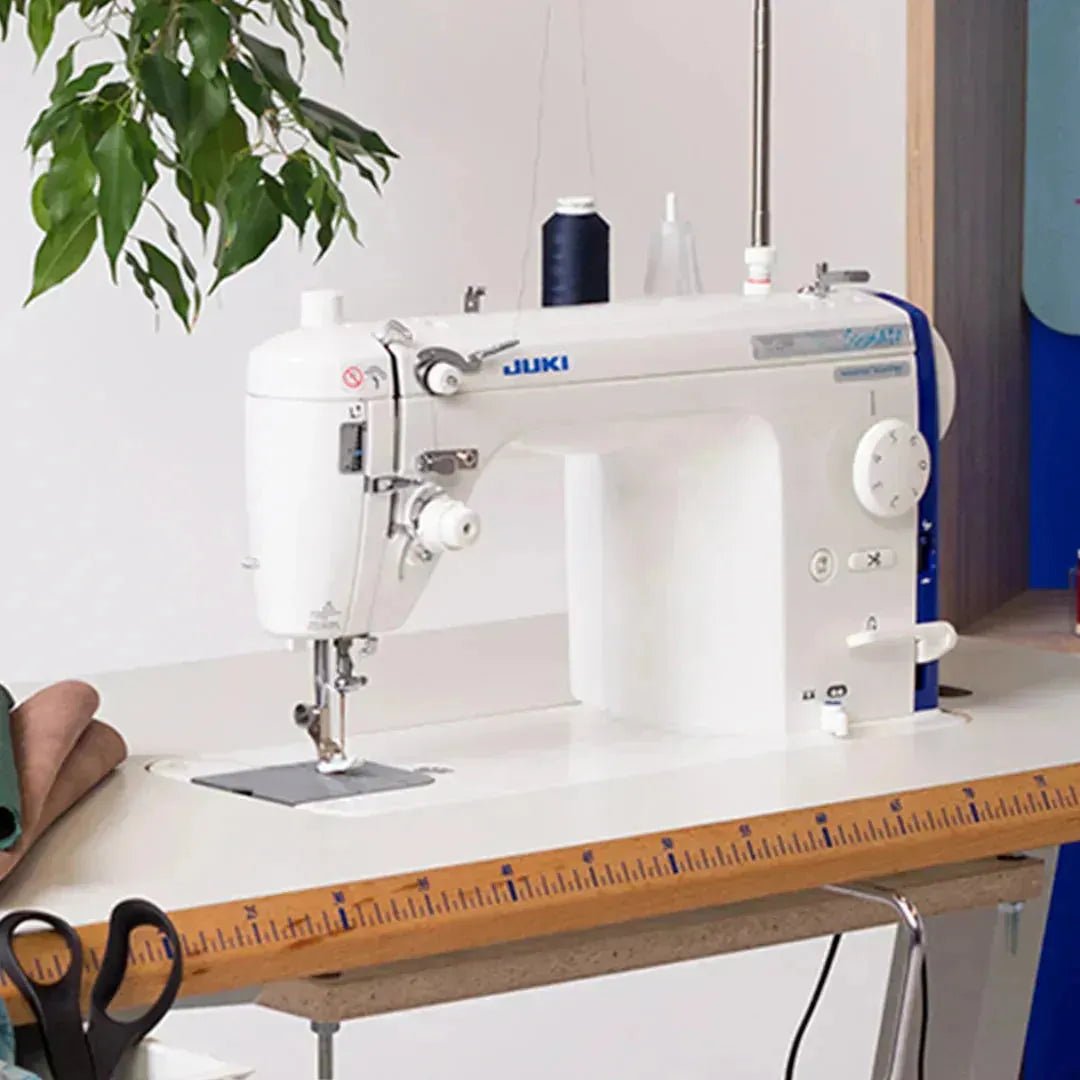
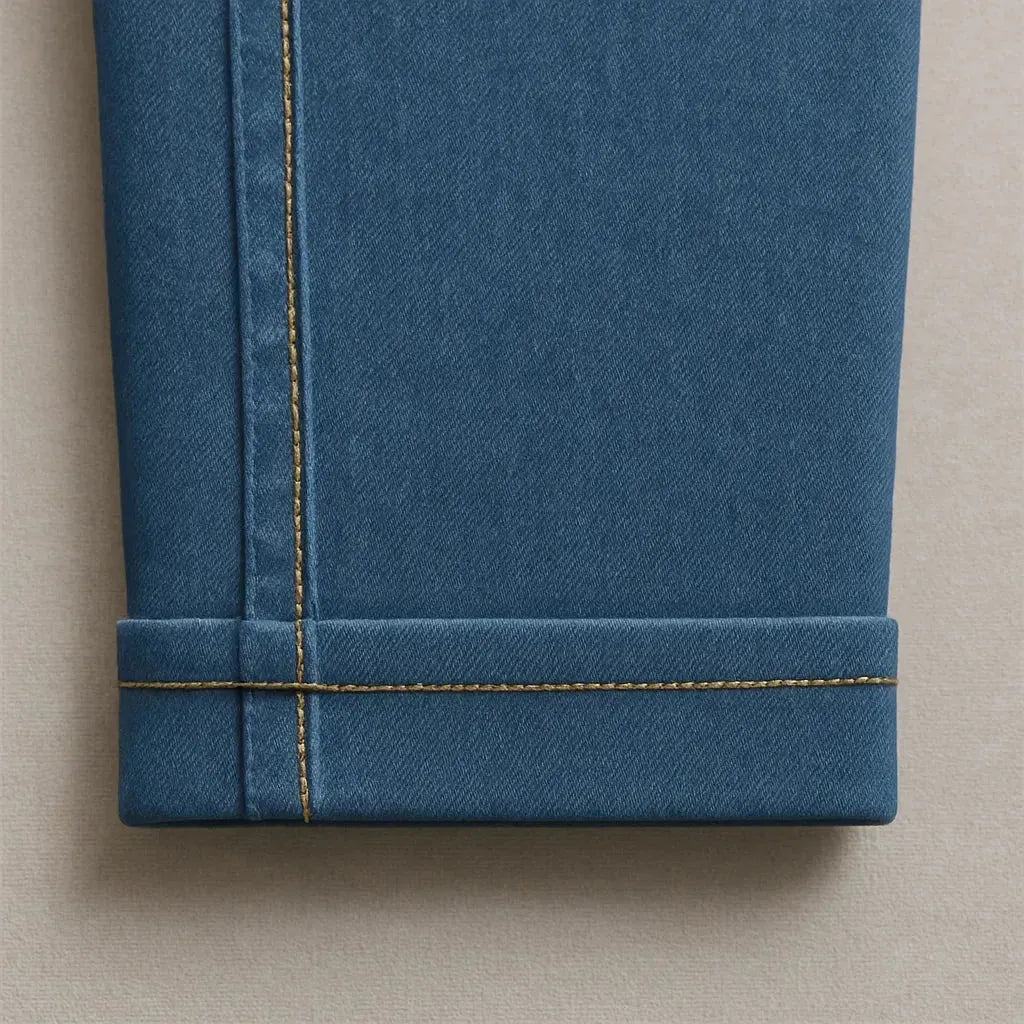
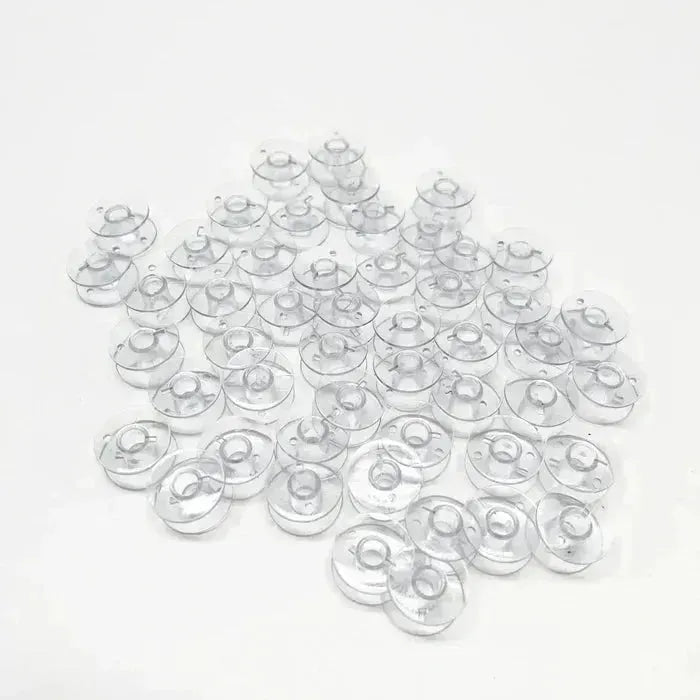
Leave a comment
All comments are moderated before being published.
This site is protected by hCaptcha and the hCaptcha Privacy Policy and Terms of Service apply.